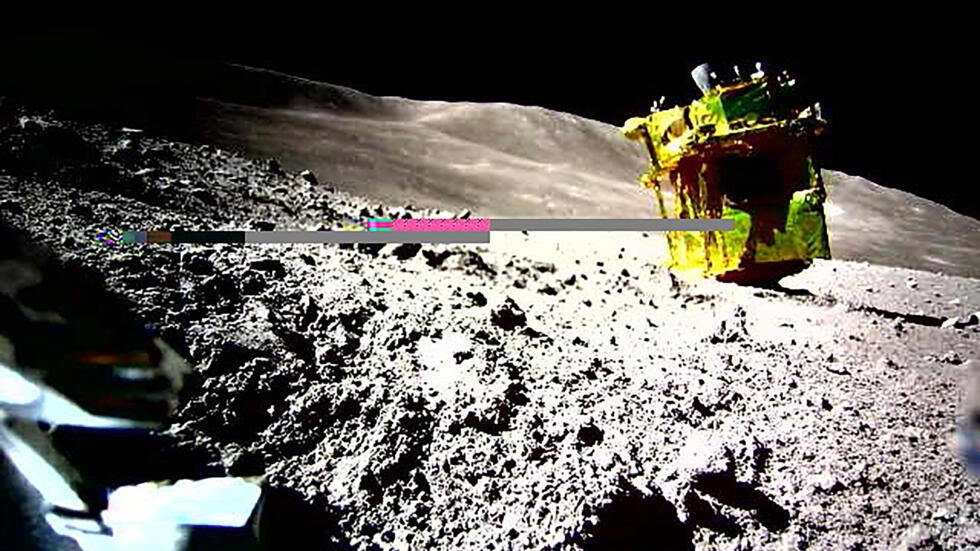Japan’s Moon Lander Comes Back to Life

The Japanese space program encountered a significant challenge when their lunar craft, intended to secure Japan’s position as the fifth nation to land on the Moon, experienced issues during its landing. The craft ended up in a sideways position with its solar panels facing away from the Sun, leading to a shutdown that jeopardized the entire mission.
Despite the setback, a solution was found, allowing the Smart Lander for Investigating Moon (SLIM) to achieve a successful landing, making Japan the fifth nation to accomplish a soft landing on the Moon, joining the ranks of the USA, Soviet Union, China, and India.
The Japan Aerospace Exploration Agency (JAXA) reported that a change in lighting conditions facilitated the recharge of the lander’s batteries, which had been intentionally shut down at the beginning of the mission on January 20th.
This development was crucial for the mission, as the spacecraft executed a pinpoint landing with unprecedented precision, reaching just 180 feet from the target. The success would have been compromised if the craft had remained in its sideways position, losing power immediately.
Moreover, the landing technology used by SLIM holds potential for safely landing spacecraft on lunar hilltops, strategically important for exploring various chemicals like oxygen and hydrogen. These substances could be valuable for future missions, supporting the production of water and air for astronauts.